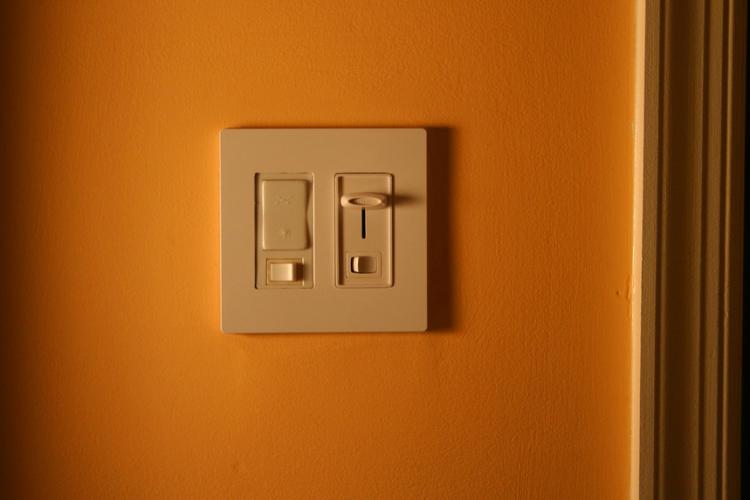
At any moment there are thousands upon thousands of lights on all across America that are lighting rooms that no one is in. These unattended lights are wasting countless kilowatts of energy and a ton of money for the owners. But there is a simple solution that is becoming more and more common: the occupancy sensor. Currently, automatic lighting shutoffs of some kind are required in commercial buildings that are greater than 5,000 square feet, but there are a lot of smaller spaces, residences and public buildings that can benefit from the use of occupancy sensors as well.
The EPA estimates energy savings from occupancy sensors to be 40% to 46% when installed in a classroom, 13% to 50% in private offices, 30% to 90% in restrooms, 22% to 65% in conference rooms, 30% to 80% in corridors and 45% to 80% in storage areas. Depending on the sensor’s location and settings, the up-front costs can be covered by the savings on your utility bills within just months of installation.
Not only are occupancy sensors great for energy savings, they are also great for security by showing whether an area is occupied or not. They help reduce light pollution as well by reducing light usage at night.
And on top of all the other benefits, they’re also incredibly convenient. There is no more need to blindly search for a light switch in a dark room or put down everything you’re carrying. And don’t worry about forgetting to turn off the lights – they’ll take care of themselves.
Photo credit: Scott Robinson / Flickr / link